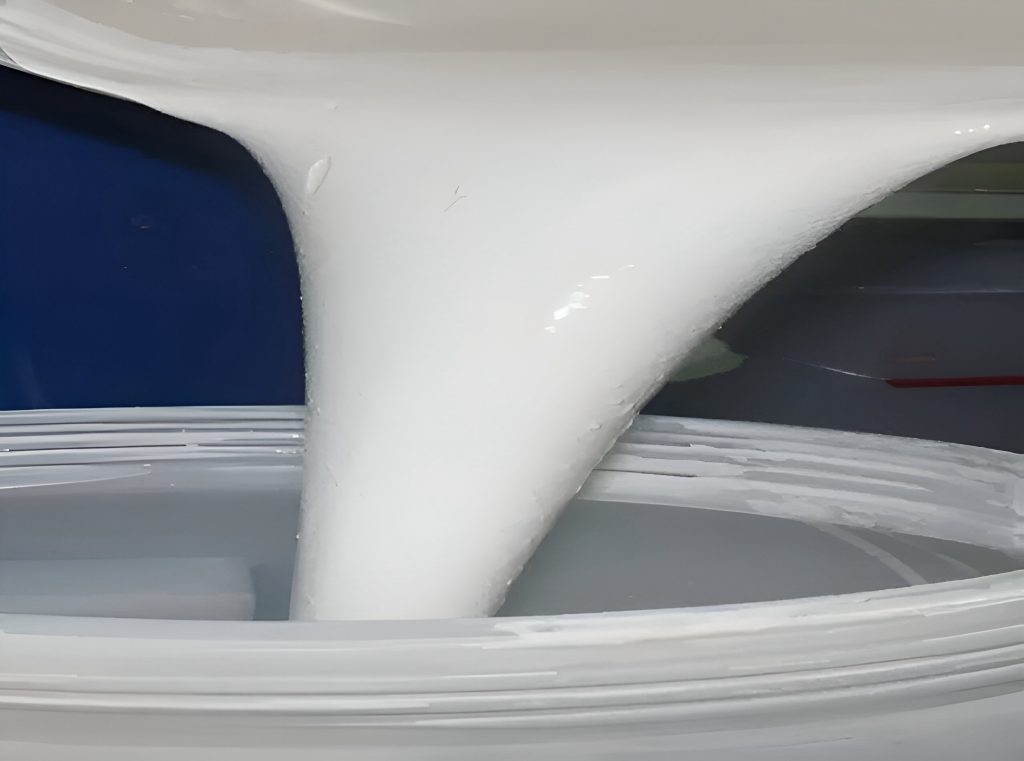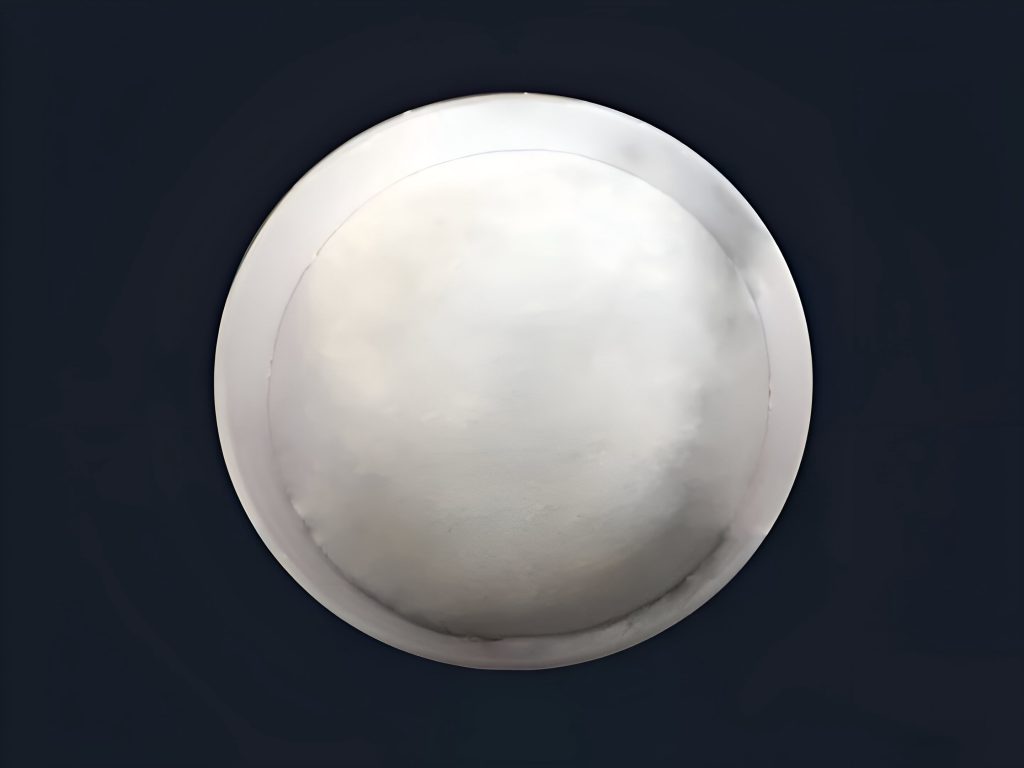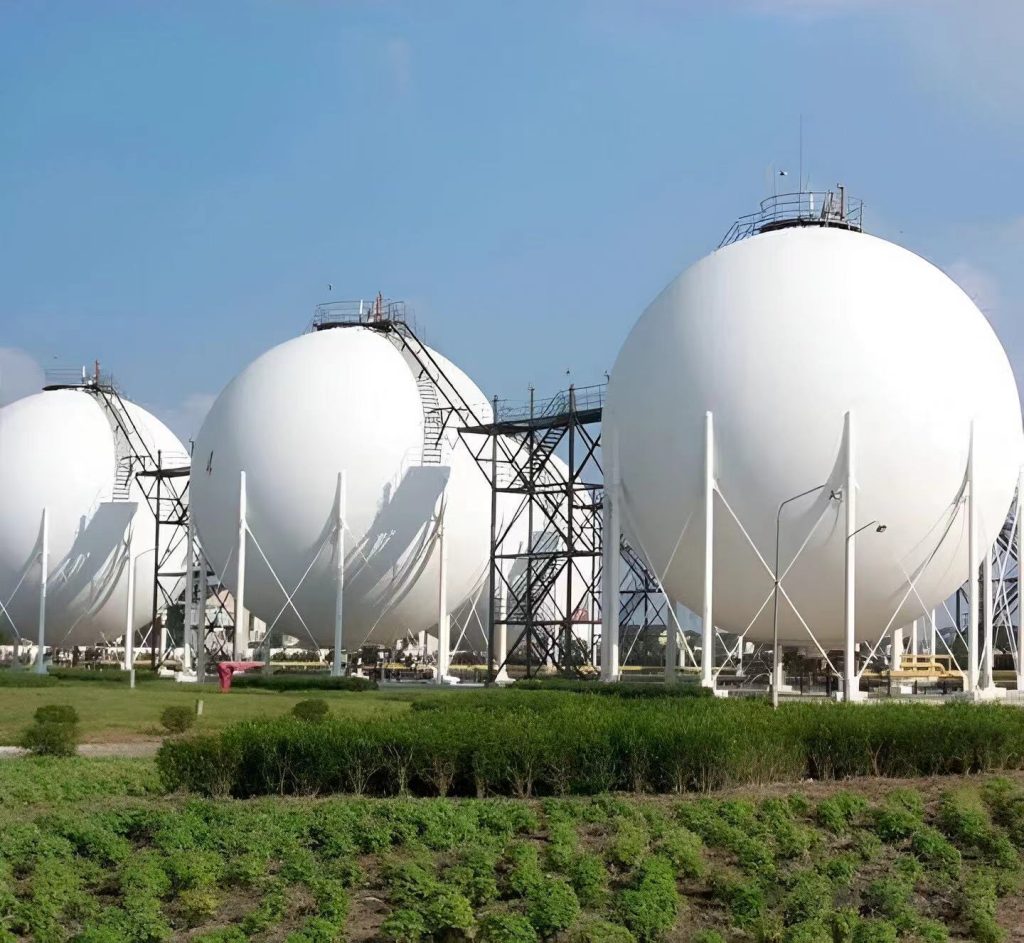Innovative Applications of Aerogel Materials in Thermal Insulation
Aerogel Aqueous Slurry
Aerogel aqueous slurry involves dispersing aerogel powder uniformly into an aqueous slurry system, forming a gelatinous aerogel slurry. After the evaporation of water from the slurry, the remaining components consist entirely of aerogel, capable of providing both hydrophobic and thermal insulation effects. This slurry allows for easy control of aerogel dosage, convenient packaging, and transportation, while eliminating the dust pollution associated with powder addition.
Unique Properties of Aerogel Thermal Insulation Coating
Aerogel thermal insulation coating incorporates hydrophobic and insulating aerogel uniformly into a water-based coating system, enabling the coated layer to possess efficient thermal insulation properties on top of its original performance. Through the mechanism of film formation after coating application, the dried coating exhibits outstanding insulation performance.


In contrast to aerogel slurry, aerogel thermal insulation coating has the advantage of direct application without the need for composite integration with fiber or resin systems.
Differences Between Aerogel Coating and Hollow Glass Microsphere Coating
Adding hollow glass microspheres to coatings significantly enhances insulation, but their thermal conductivity sharply increases at temperatures above 150°C, leading to a substantial decrease in insulation performance. On the other hand, the thermal conductivity of aerogel in aerogel thermal insulation coatings exhibits a minimal increase above 150°C, making it far superior to hollow glass microspheres. Studies demonstrate that, when used as insulation fillers in coatings, aerogel outperforms hollow glass microspheres in insulation performance.

Outstanding Advantages of Aerogel Coating
Excellent Thermal Insulation Performance: A 7mm aerogel thermal insulation coating can reduce the temperature of a 350°C heat source to 105°C and a 300°C heat source to 95°C. The material’s thermal conductivity at room temperature is 0.028 W/m·K, and its thickness for equivalent insulation is only 1/5 to 1/3 of traditional materials.
Stable Performance: The inherent nanoscale three-dimensional network structure of aerogel ensures that its thermal conductivity remains virtually unchanged throughout its usage lifecycle.
Environmentally Friendly and Non-Toxic: Aerogel thermal insulation coatings undergo environmental testing by authoritative institutions and are free of heavy metals, formaldehyde, and other harmful substances.
Class A Fire Rating: The coating itself is non-combustible and exhibits a certain degree of flame resistance, achieving a Class A1 fire rating. This resolves the conflict between insulation and fire protection.
Convenient Application: Short construction periods and convenient application methods, such as close-range, high-pressure spraying or scraping, make aerogel coating construction more time-efficient than traditional thermal insulation materials. This significantly shortens construction periods, indirectly reducing financial costs. On-site construction supervision is facilitated, and the coating is easy to repair, with simple and convenient maintenance.
Wide Applications of Aerogel Coating
Aerogel thermal insulation coatings find extensive applications in various fields, including construction, transportation, offshore drilling platforms, chemical storage tanks, and petroleum pipelines. Applying aerogel coatings to building surfaces enhances the thermal insulation of the structure, leading to reduced energy consumption for air conditioning. These coatings are not limited to external wall insulation but are also suitable for internal walls, tops, and bottoms of buildings. Successful applications at the 2010 Shanghai World Expo Zero Carbon Pavilion and Vanke Research Building highlight the significant energy-saving effects of these coatings. Combining aerogel coatings with AG65 aerogel felts in industrial pipelines results in substantial savings, with an average energy consumption per kilometer of high-temperature steam pipeline leading to savings of $2.5 million. In heating pipeline insulation material renovations, ideal conditions allow for the recovery of renovation costs in approximately one year.



